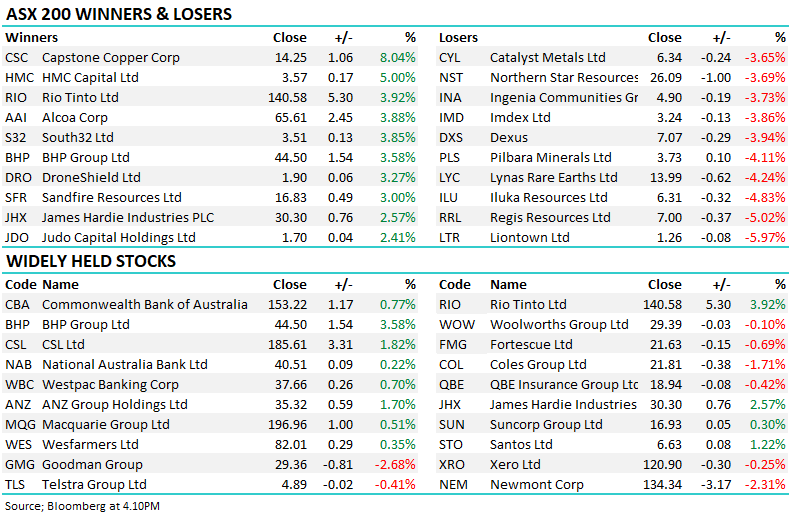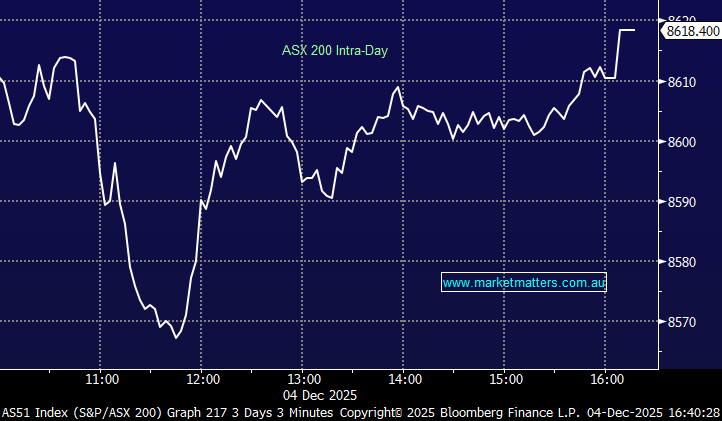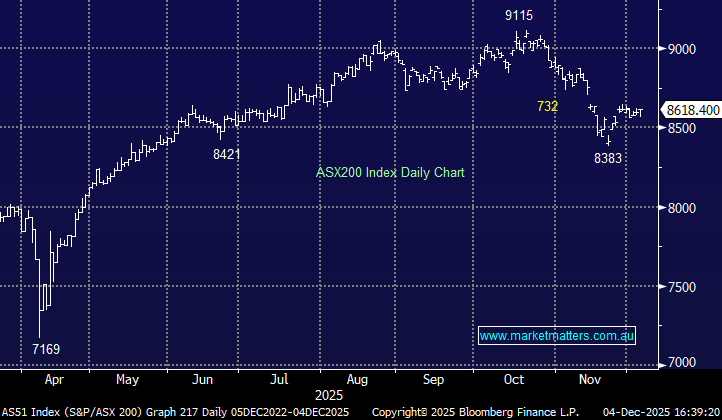Hi Glenn,
Back in the early to mid-2000s, warrants boomed with their popularity peaking roughly between 2004 and 2008. Into the GFC retail investor demand was high, underpinned by strong equity markets performance and increased appetite for leverage and tax-efficient strategies – all very good when you’re making money! To satisfy the demand banks like Macquarie and UBS issued a wide range of warrants (calls, puts, instalments, barrier warrants).
An Instalment Warrant provides leveraged exposure to an underlying asset—such as shares or ETFs—by paying in two parts rather than one upfront payment.
- You pay an initial amount (often 40–60% of the asset’s value) to purchase the warrant.
- This gives you exposure to the underlying security and some benefits like dividends and franking credits (depending on structure).
- You then have the option (not obligation) to pay the second instalment by a set date (the expiry/maturity date).
- Once paid, you take full legal ownership of the underlying security
An example would be buying warrants in ANZ trading at $28. The first instalment is $14 and the second instalment is $14, payable in 2 years. You buy the instalment warrant for $14. During the 2 years, you receive any dividends paid (and possibly franking credits). At maturity: If ANZ is worth more than $14, you pay the second instalment and get the shares. If CBA is worth less than $14, you may choose to let the warrant lapse. You lose the $60, but no further loss occurs (limited recourse).
The advent of other leveraged products like CFDs that are cheaper and less opaque have created alternatives to warrants, though they are still traded a bit on the ASX.















